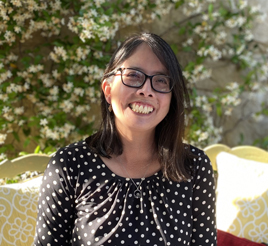Undergraduate - Winter - 2018
Scientific Visions

Details
Description
This course is designed to introduce you to the intersections between science and technology studies, rhetoric of science, and environmental media. Our guiding questions are the following: how is “objective” scientific knowledge created, performed, and communicated through media, whether it is “the media” (that is, the free press), or diverse aesthetic forms including photography, cinema, games, apps, music, and art? Is the natural world itself a medium, including our own bodies?
Along the way, our task will be to explore how both scientists and laypeople present, interpret, and translate scientific “knowledge.” Is it a one-way road, or do ideas and discoveries make their way from the scientific world into popular discourse, and vice versa? While many perceive a conflict between popularization and the basic work of science, scientists themselves are increasingly expressing their labor and their identities through media.
As we will learn, scientific objectivity is an ideal contested on many fronts. Sociologists of science and science and technology studies (STS) scholars have long documented the social aspects of scientific culture and gatekeeping. Along with historians of science and visual culture, they have even demonstrated that vision’s centrality to scientific work has now been disrupted by everything from modern instrumentation (like the scanning tunneling microscope, or STM, which feels more than it sees), new scientific frontiers at the sub-molecular and astronomical scales, and largely “invisible” problems like climate change and environmental toxicity.
We will approach science not as aspiring scientists but as students of media and rhetoric, here defined in the Aristotelian way as the art of persuasion—in other words, with special attention to the challenges of communication, representation, education, technology, and practice. To do so, we will consider a surprising range of natural phenomena and media forms: from live camera feeds to science games, hand-drawn botanical prints to 3D models, French scallops to TED talkers, oil spills to gravitational waves, and so on. Science is ultimately both factual and speculative, pedantic and prophetic.
